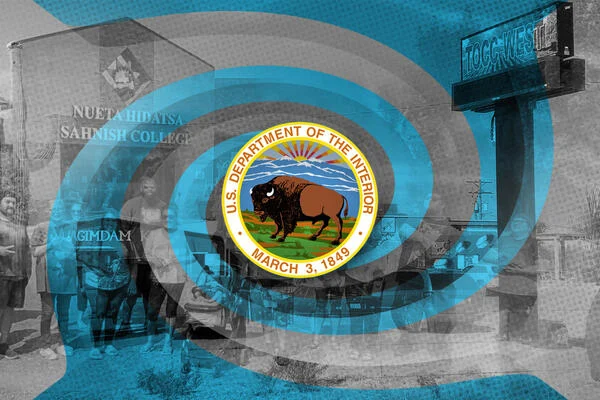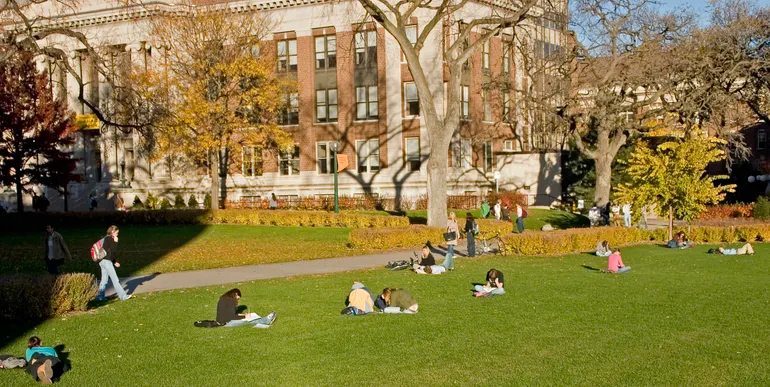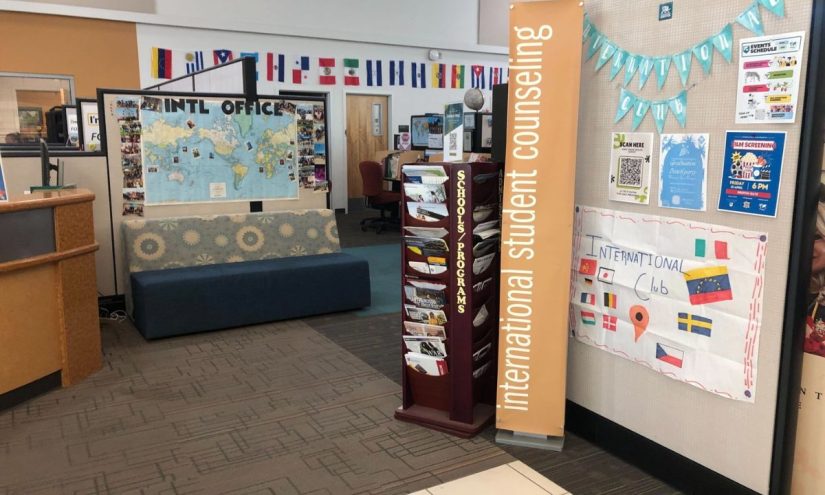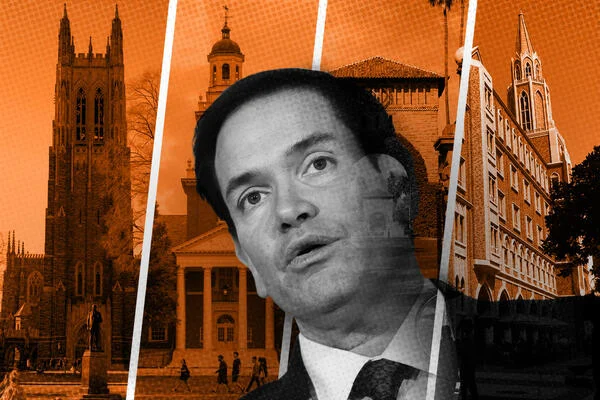First-time undergraduates applying for federal student aid will now receive a warning if they indicate interest in an institution where graduates don’t earn more than an adult with a high school diploma.
The new earnings indicator on the Free Application for Federal Student Aid is aimed at ensuring students have more information about their postsecondary options, Education Department officials said in a news release Monday. Consumer protection advocates generally praised the department’s move, while institutional groups criticized it.
About 23 percent of the nearly 5,900 institutions in the department’s database will be labeled as “lower earnings.” Those colleges enroll fewer than 3 percent of undergraduates and receive about $2 billion in federal student aid annually. That’s a fraction of the more than $100 billion in federal aid that’s doled out each year. The department pulled from publicly available data to generate the label, and program-level data is available online on the College Scorecard.
This warning comes after years of debates over how to give students more information about the outcomes at institutions and specific programs. An Obama-era effort was scuttled after higher ed groups and institutions pushed back. However, a new rule drafted by the Biden administration will eventually provide more program-level data on earnings, which consumer protection advocates say will help to steer students away from those that don’t pay off.
“This new indicator will help students and families better understand how their choices could translate into real-world outcomes, and it will be provided at a crucial moment in the college decision-making process,” Education Under Secretary Nicholas Kent wrote in a blog post. “This indicator is designed to inform—not limit—student choices. It’s one additional resource students can use—alongside factors like cost, mission, location, and personal interests—to identify the path that best aligns with their goals.”
Most of the 1,365 institutions flagged for lower earnings are for-profits and beauty schools. A few on the list are community colleges and historically Black colleges and universities.
The association that represents cosmetology schools didn’t respond to a request for comment Monday. However, the group has fought efforts to tie financial aid eligibility to students’ earnings, arguing in part that the underlying data is inaccurate.
The left-leaning think tank New America released a report critical of the industry earlier this year, calling it “predatory.” Meanwhile, Michelle Dimino, director of the education program at Third Way, a left-of-center think tank, expects the lower-earnings list to add to the scrutiny on beauty schools.
“Well over half [on the list] were [beauty schools and cosmetology institutes],” Dimino said. “That continues to really raise the temperature around that industry and some of the questions about return on investment and supply and demand in that space, how they might think about licensing and other requirements to be able to appropriately calibrate their costs with their outputs.”
Institutional representatives said Monday afternoon that while they support greater transparency, they are concerned about the department’s methods to create the designation, such as which students are included in the calculations and how the earnings metric doesn’t take into account regional variations and differences in earnings for specific fields.
“This is a blunt tool for a nuanced process that has enormous potential for creating misleading outcomes,” said Jon Fansmith, senior vice president for government relations and national engagement at the American Council on Education. “Much more care, time and attention should have gone into it, and it would be all the better for it if ED had done that. Regardless of their motivations, there are good reasons to question the process and how useful it will actually be. “
Fansmith added that if the department is flagging low performers, it should also highlight high performers.
In the release, Kent’s blog post and other online information about the earnings flag, the department made clear that it’s not taking a “position on the underlying value of educational services provided by any institution of higher education.”
Jordan Wicker, senior vice president of legislative and regulatory affairs at Career Education Colleges and Universities, which represents the for-profit sector, said in a statement that he appreciates that the earnings indicator applies to all institutions.
“CECU believes disclosures like this can be improved by including non-completer earnings data, which the College Scorecard currently lacks,” he said. “Similarly, CECU is consistent in its critique of the dataset for the comparison group age 25-34, as well as accounting for regional variations in earnings. We share the Department’s commitment to transparency and will work with them to ensure that the most accurate disclosures are provided to help students select the school that best fits their needs and wishes.”
First-year undergraduates will see the label on their FAFSA Submission Summary. From there, they can click to receive more detailed earnings information on the institutions they selected. Students can then opt to remove a flagged institution.
Even students who have already submitted their FAFSA can see whether any of their chosen schools have been flagged. In his blog post, Kent said the notices have “no impact on FAFSA completion, submission, or eligibility for aid.”
Starting next July, all college programs will have to show their graduates make more than the average adult with only a high school diploma in order to access federal student aid. The department is still working through the specifics of how that test, known as Do No Harm, will work.
To Dimino of Third Way, the launch of the indicator is a sign of growing momentum toward greater transparency and more information about earnings.
Dimino particularly likes the department’s decision to tell students about the earnings data after they complete the FAFSA. She thinks disclosure at that step will help ensure students actually see the information and can use it as they consider their options. She is interested in learning more about how students act on the data and whether they decide against sending the lower-earnings institutions their aid application.
Students lack awareness about available earnings data or where to find it, according to Inside Higher Ed’s 2025 Student Voice survey, conducted in August. About 11 percent of students said they don’t know where to find postgraduation outcomes information and an additional 8 percent said they “know nothing” about postgraduation outcomes. Just 12 percent said they knew detailed outcome data for their program.
Michael Itzkowitz, founder of higher education research and policy firm HEA Group, said the earnings indicator is “a step in the right direction for transparency.”
“Students today primarily attend college to secure better employment opportunities, and they deserve to know up front whether an institution simply isn’t delivering on that promise,” he said. “Most institutions deliver on the promise of economic prosperity but, unfortunately, some do not.”













